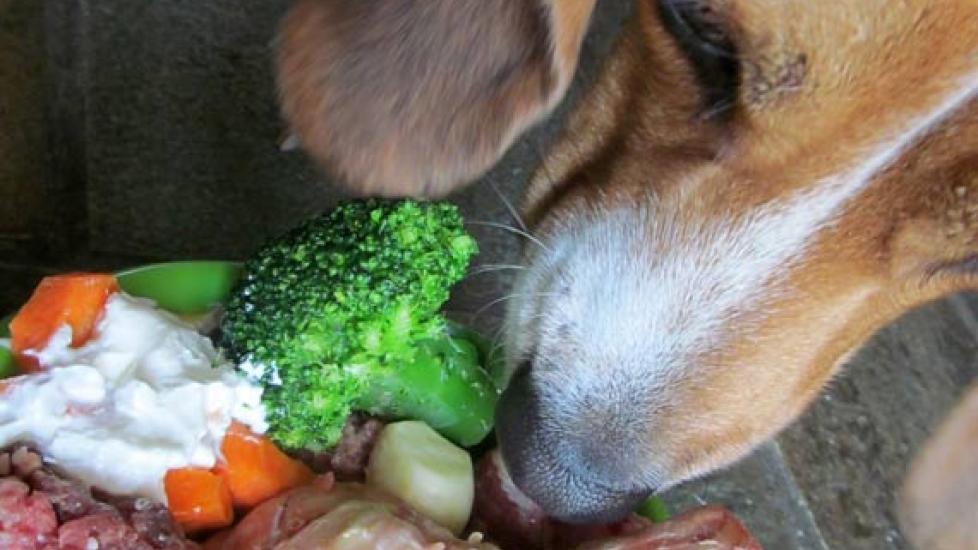How to Compare Pet Food Nutrient Profiles: Part 2
Last week we talked about how veterinarians typically compare the nutrient profiles of pet foods. It involves a lot of math, conversions, and some estimation… not ideal, to say the least. Today, let’s look at another method. It’s a relatively new approach (at least for me), but is a bit more user-friendly.
No matter what type of food you offer, your goal is to provide the number of calories necessary to maintain a healthy body weight. So, let’s say you are switching your 60 pound, neutered dog from a dry to a canned food with the primary purpose of increasing his protein intake. He is currently taking in 1400 calories a day and he is still going to need 1400 calories worth of his new food to maintain his weight despite the fact that the volume and weight of his meals are going to change dramatically.
Dr. Justin Shmalberg, Diplomate ACVM, describes how we can compare foods on a per-calorie basis:
Step 1 – Add 1.5% to the protein percentage and 1% to the fat percentage from the pet food label
Step 2 – Divide kcal/kg by 10,000 (also on the label)
Step 3 – Divide estimated protein % and fat % by number obtained in Step 2 to get the result in grams/1000 kcal
Here’s an example of how it works. Let’s compare the protein percentages of Dry Dog Food A and Canned Dog Food B.
Dry Dog Food A
3589 kcal/kg
Crude Protein, minimum
24.0%
Crude Fat, minimum
12.0%
Crude Fiber, maximum
4.0%
Moisture, maximum
10.0%
Canned Dog Food B
960 kcal/kg
Crude Protein, minimum
8.00%
Crude Fat, minimum
3.00%
Crude Fiber, maximum
1.50%
Moisture, maximum
84.00%
Using the steps outlined above…
Dry Dog Food A
Step 1 – 24% + 1.5% = 25.5%
Step 2 – 3589 / 10,000 = 0.3589
Step 3 – 25.5 / 0.3589 = 71 g protein/1000 kcal
Canned Dog Food B
Step 1 – 8% + 1.5% = 9.5% protein
Step 2 – 950/10,000=0.095
Step 3 – 9.5 / .095 = 100 g protein/1000 kcal
Therefore, the canned food in this comparison is significantly higher in protein than is the dry.
You’ll still have to calculate the estimated carbohydrate percentage of any pet foods you are interested in since this number does not have to be reported on the label. See last week’s post to learn how to do this. Once you have that information in hand, you can use steps 2 and 3 to compare the carbohydrate percentages of different foods.
Handy, eh?

Dr. Jennifer Coates
Resource
Shmalberg, DVM, Diplomate ACVN. Beyond the Guaranteed Analysis, Comparing Pet Foods. Today’s Veterinary Practice. January/February 2013.
